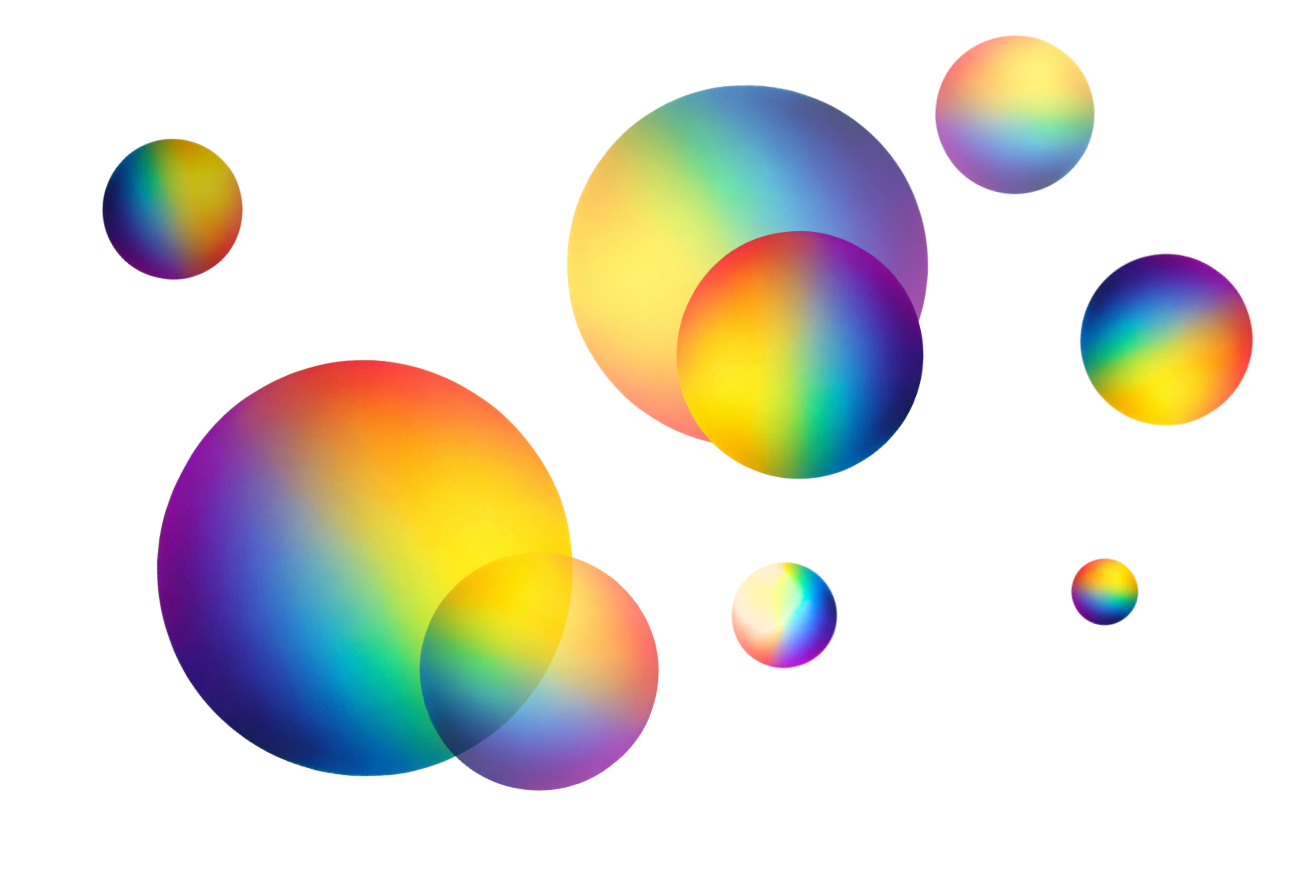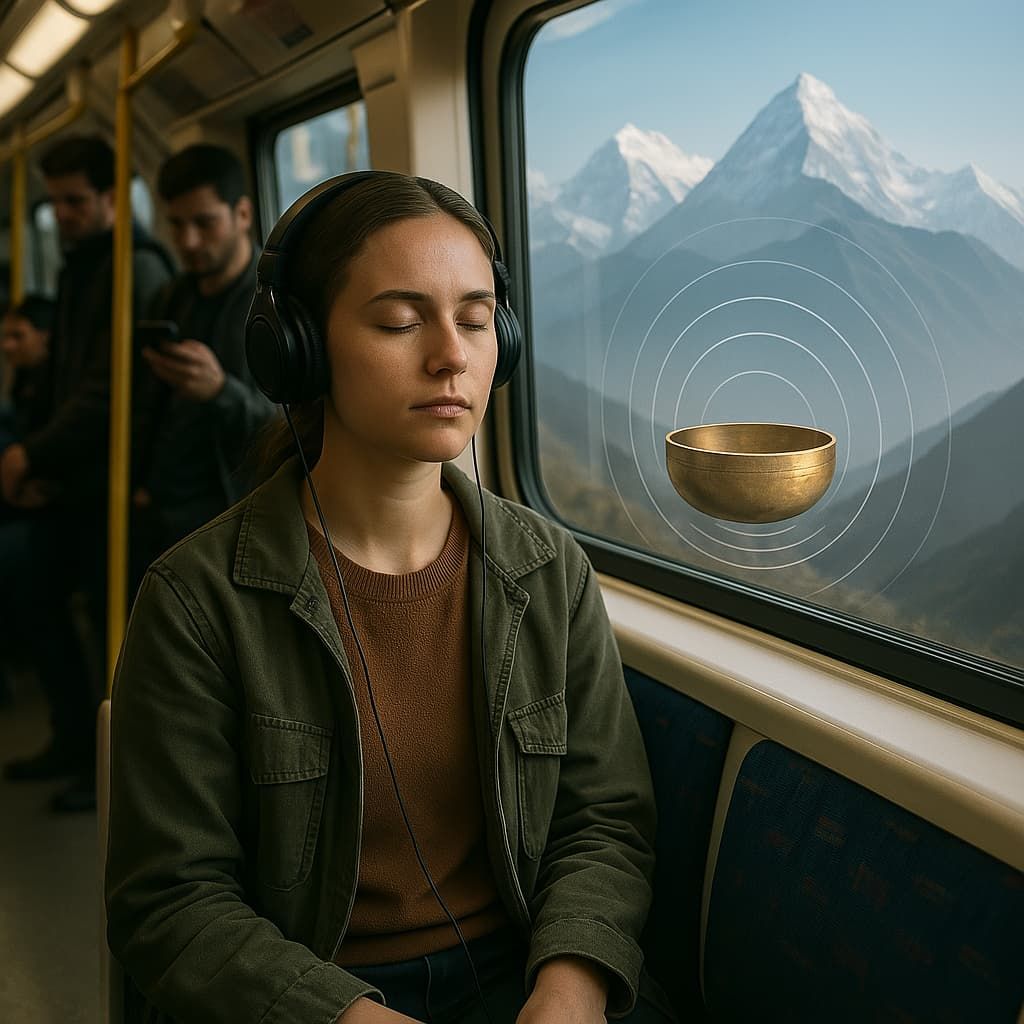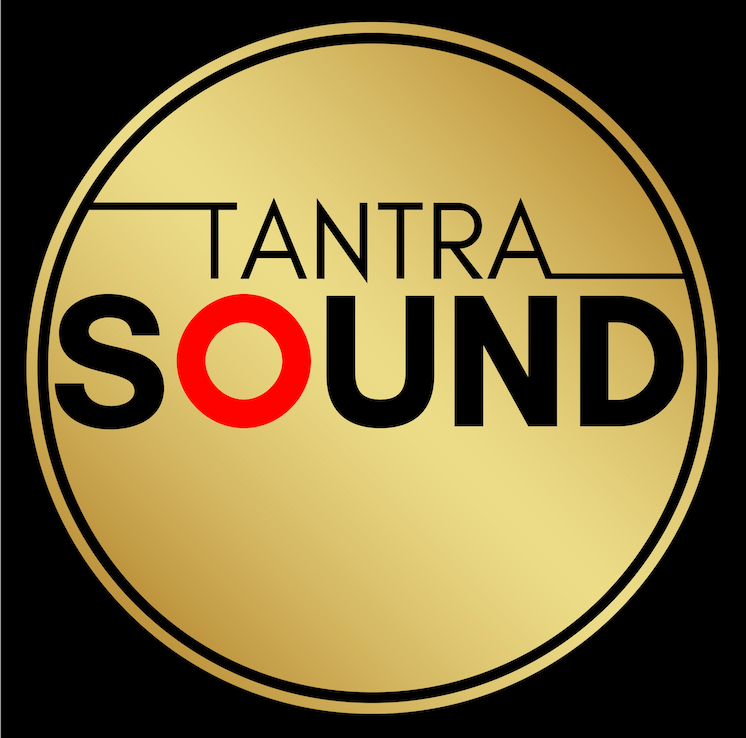Arc-en-Ciel: WHITE PAPER @ STRUCTURES
III. The Global Structure of Arc-en-Ciel

The global structure of Arc-en-Ciel is designed to facilitate harmonisation at every level, from individual NFTs to the overarching ecosystem. This structure consists of interconnected layers, each serving a specific purpose while contributing to the system’s holistic integrity.
Structure 1: Resilience and Stability
At the foundation of Arc-en-Ciel is its blockchain infrastructure, which provides the decentralised and transparent backbone for all operations. Key features include:
Smart Contracts: The system employs custom smart contracts based on Ethereum standards (e.g., ERC-721, ERC-1155) to manage the creation, interaction, and evolution of NFTs.
Immutability and Transparency: All transactions, ownership records, and metadata updates are recorded on-chain, ensuring trust and accountability.
Scalability: Arc-en-Ciel integrates layer-2 solutions to enhance transaction speed and reduce costs, making the ecosystem accessible to a broader audience.
Dynamic Metadata Engine
The dynamic metadata engine is a critical innovation within the Arc-en-Ciel framework. This engine allows for the continuous evolution of NFTs, enabling them to adapt to new inputs, user interactions, or environmental conditions. Metadata associated with each NFT can be updated dynamically, reflecting changes in variables such as color, frequency, or user-defined parameters. Metadata is stored using solutions like IPFS (InterPlanetary File System) to ensure durability and decentralisation.
Interoperable Network Design
The framework is built for interoperability, allowing seamless integration with other blockchain ecosystems, tools, and applications. Arc-en-Ciel supports interoperability with other blockchain networks, such as Polkadot and Cosmos, to enable broader use cases and cross-chain asset interactions. APIs and developer tools facilitate the integration of Arc-en-Ciel functionalities into external applications, such as gaming, education, or healthcare platforms.
Systemic Features
- The triangulation system organises and harmonises data points within a triangular framework, ensuring balance and proportional relationships.
- This structure allows for dynamic interactions between NFTs and other system components, enabling outputs that reflect natural harmony.
- The system integrates Prismatics Interfaces, which connect users to the underlying blockchain and metadata layers. These interfaces allow for intuitive interaction, enabling users to modify NFTs, create new compositions, or engage with collaborative actions seamlessly. - The framework prioritises environmental sustainability by employing energy-efficient consensus mechanisms and scalable infrastructure. By reducing the computational overhead associated with traditional blockchain systems, Arc-en-Ciel ensures a lighter environmental footprint.
Structure 2: Enhanced Interconnectivity through NFTs
The general framework of Arc-en-Ciel operates through a well-defined process flow that ensures efficiency and adaptability for Non-Fungible Token Creation. In Arc-en-Ciel, NFTs serve as dynamic assets that transcend traditional notions of digital ownership. Creators can mint NFTs using the Arc-en-Ciel system, embedding dynamic metadata linked to the triangulated coding structure. Users interact with NFTs through Arc-en-Ciel interfaces, modifying their variables or combining them with other NFTs to create new outputs. The dynamic metadata engine processes user inputs and recalibrates the relationships within the triangulated system, updating the NFTs in real time. All interactions and updates are recorded on-chain, ensuring transparency and traceability. The system’s dynamic design allows it to adapt to new use cases, technologies, and user needs, ensuring long-term relevance. By leveraging blockchain technology, Arc-en-Ciel ensures a trustless environment where users retain control over their assets and interactions. Users engage with Arc-en-Ciel NFTs through intuitive and customisable interfaces, enabling modifications to specific attributes, such as appearance or metadata properties, combining NFTs to create unique outputs, enhancing their functionality or value, or unlocking additional layers or embedded utilities based on user actions or ecosystem triggers.
NFT - to - NFT Interaction
Arc-en-Ciel NFTs interact autonomously to produce dynamic outputs where NFTs can combine their properties to generate collaborative results. These interactions are designed to create emergent behaviors, fostering innovation and unexpected synergies. Attributes may adapt to predefined rules or real-time system data while ecosystem-wide dynamics can influence NFTs collectively, enabling large-scale coordinated interactions. NFTs can be combined by creators or users to form new, co-produced assets that reflect collective input. Users interact with NFTs through gamified experiences, unlocking rewards or participating in group missions, encouraging deeper engagement and collaboration.
Advantages of Dynamic NFT Interactions
- Gas fees reduction: The average gas fee for minting a single NFT on Ethereum can range between $20-$150 during high congestion. For collections, this can exceed thousands of dollars. By leveraging optimised smart contracts and batch processes (via ERC-1155), Arc-en-Ciel can reduce gas fees by up to 70%, enabling creators to mint and interact with NFTs affordably.
- Increased Metadata Efficiency: Static NFTs store large amounts of metadata, leading to inefficiencies and higher storage costs. For instance, storing a collection of 10,000 NFTs can cost several hundred dollars annually on IPFS. With Arc-en-Ciel, dynamic NFTs adaptively update metadata rather than duplicating data, potentially reducing storage requirements by 50-60%, lowering costs and improving system performance.
- Higher Transaction Throughput: Ethereum handles about 30 transactions per second (TPS), often creating bottlenecks during high activity periods. By integrating Layer 2 solutions such as Optimism or Arbitrum, Arc-en-Ciel NFTs can achieve up to 4,000 TPS, ensuring seamless scalability for mass adoption.
- Dynamic and Evolving Assets: Static NFTs rely on fixed metadata, limiting their utility and lifespan. For instance, once an NFT is sold, it often has no further interaction. With Arc-en-Ciel, dynamic NFTs allow attributes to evolve, extending their lifecycle and engagement potential by up to 300% (e.g., via gamification, co-creation, or real-world triggers).
- Cross-Platform Interoperability: NFTs are often confined to specific platforms, creating fragmented ecosystems. With Arc-en-Ciel, cross-chain standards can ensure interoperability with multiple blockchains like Polkadot, Binance Smart Chain, and Solana, increasing their market accessibility by over 50%.
- Sustainability Metrics: A single Ethereum transaction emits approximately 150 kWh of energy, equivalent to a week of electricity for an average household. With Arc-en-Ciel, utilising eco-friendly blockchains or Layer 2 solutions could reduce energy consumption by 90-95%, aligning with global sustainability goals.
- Market Impact and Adoption: The global NFT market was valued at $20 billion in 2022, with projections to exceed $80 billion by 2028. By addressing the limitations of static NFTs and creating more engaging, scalable, and interoperable assets, Arc-en-Ciel could capture a significant portion of this growth, targeting adoption rates of up to 25% of new NFT creators by 2030.
Structure 3: Inclusivity with Prismatics Interfaces
The Prismatic User Interfaces of Arc-en-Ciel (PRISMA) offers an easy and accessible way to engage with Arc-en-Ciel NFTs, focusing on simple yet engaging interactions. Users can immediately begin exploring their NFTs by customising basic attributes such as patterns or shapes. These adjustments allow for a personal touch, making each NFT feel unique and reflective of the user’s preferences.
One of Prisma’s most engaging features is the ability to combine NFTs. For example, users can merge two NFTs to create something entirely new. This could involve blending visual elements, such as patterns or animations, into a single composition. These combinations are dynamic and encourage playful experimentation, giving users a sense of creativity and ownership over their digital assets.
Prisma also introduces light gamification to the experience. Users might complete simple challenges to unlock new interactive features or earn rewards like virtual badges tied to their NFTs. These elements make the system not only functional but also fun, fostering engagement without the need for deep technical expertise.
Another key aspect of Prisma’s design is its simplicity and accessibility. The interfaces are intuitive, designed to work seamlessly on both desktop and mobile devices. This ensures that users, regardless of their familiarity with blockchain or NFTs, can easily dive in and start experimenting. Prisma also makes it easy to share customised NFTs or creations directly with the community, adding a social layer to the experience.
Looking Ahead: Prisma’s Ambitious Future
Prisma’s current features form the foundation for something far more revolutionary. Prisma is envisioned as a completely new type of user interface, one that goes beyond traditional TVs, computer screens, and input devices. By integrating advanced theoretical research in physics and mathematics, Prisma has the potential to redefine how humans interact with digital systems through colours & sounds reactivity.
From NFTs to TV, Prisma will evolve into a multidimensional interface where visual, auditory, and tactile elements converge seamlessly. This would enable users to interact with digital assets in ways that mimic natural sensory experiences, creating an immersive and intuitive environment. For example, instead of merely clicking or tapping, users might interact through gestures, motion, or even environmental inputs. This vision is not a distant dream but the culmination of rigorous theoretical and physical research already conducted by the Arc-en-Ciel team. By demonstrating the feasibility of this approach and anchoring it in solid foundational principles, Prisma represents an unparalleled opportunity for investors and early adopters to support a project with both immediate utility and transformative long-term mission.
Research Foundations: Light, Sound, Metal, and Universal Coding
The development of Arc-en-Ciel is deeply rooted in the team’s groundbreaking research into the quantum properties of sound, the reflective nature of metals, and the encoding potential of light and colours. Black light, in particular, has been studied as a tool to visualise otherwise imperceptible data, creating a bridge between the tangible and intangible. Sound, treated as quantum data, offers an entirely new perspective on interaction, where frequencies become programmable elements within digital systems. Similarly, colour is approached as a universal coding system, capable of harmonising diverse data inputs and outputs.
This fusion of material, quantum, and perceptual principles underpins Arc-en-Ciel’s design, ensuring that it is not only innovative but also grounded in a deep understanding of how humans interact with the physical and digital worlds. By leveraging these insights, Prismatics interfaces are poised to set new standards for mainstream users, aligning advanced technology, human perspective & universal principles.












